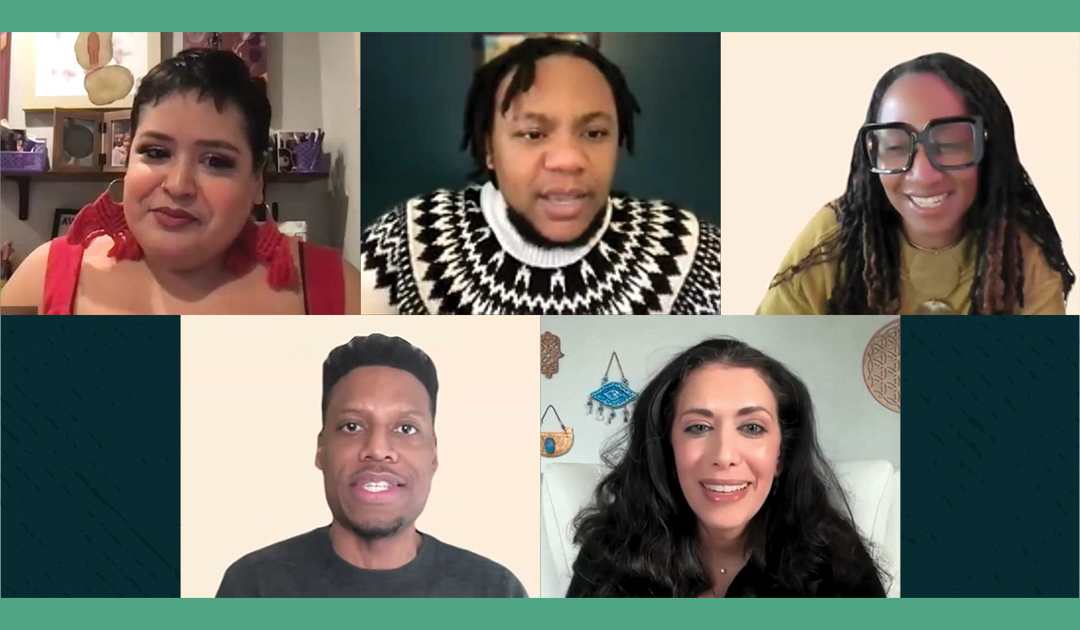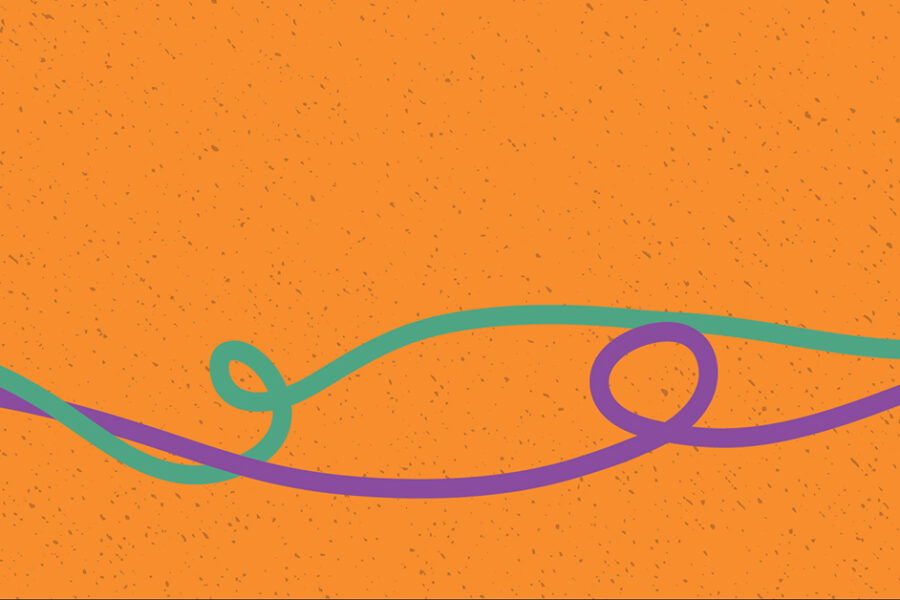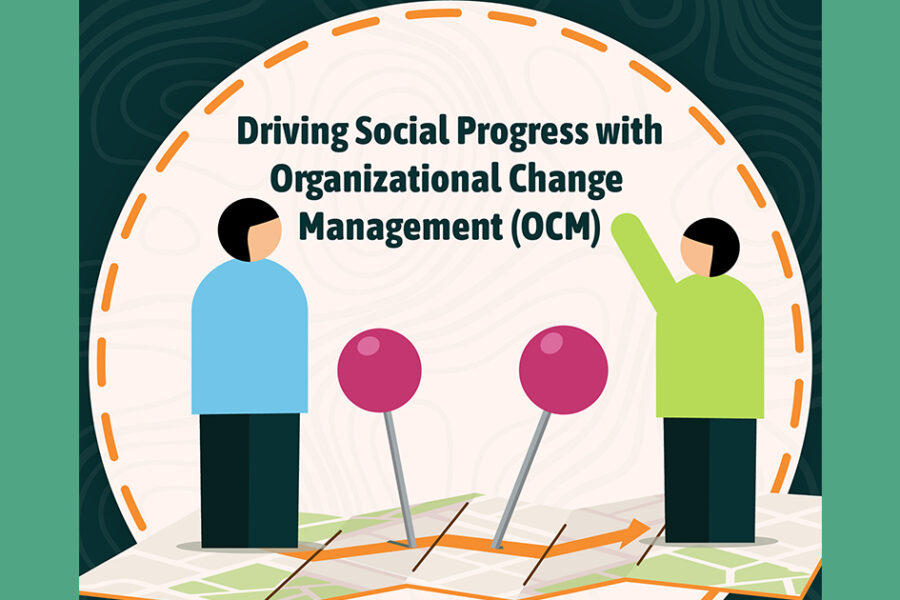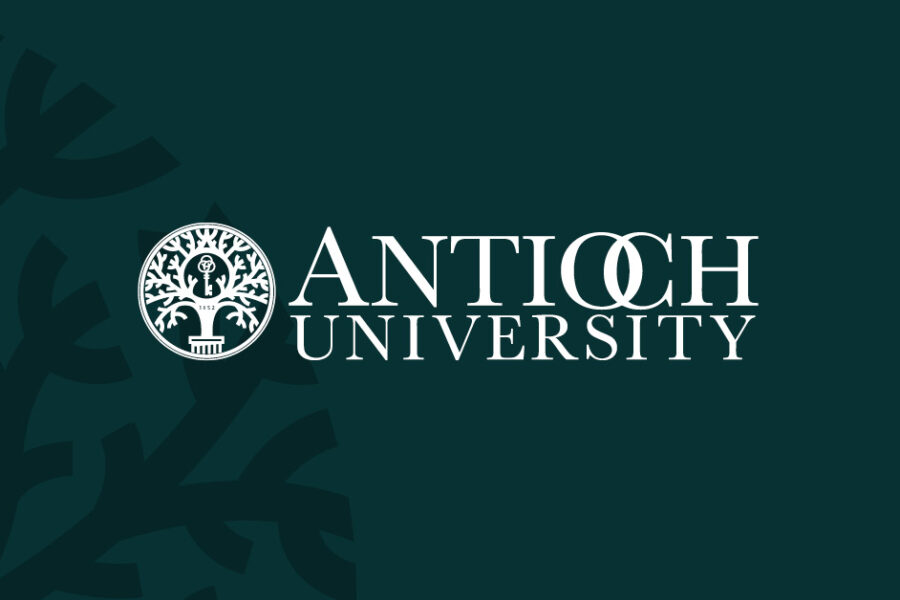The Antioch University community recently came together for two days of events centered on racial healing and social justice. The Social Justice Summit, which was sponsored by both Antioch’s Truth, Racial Healing, and Transformation Campus Center and the Office for Equity, Belonging, and Culture, consisted of a welcome session, four presentations from external speakers, and a closing reflection session. The events provided spaces for learning, collective reflection, dialogue, and actionable ways to move toward justice and inclusivity. The summit was attended by over 150 Antiochians.
For Stephanie Helms Pickett, EdD, the summit allowed the Antioch community to explore “the definition and demonstration of who we are as an institution that identifies as representing social justice but is grappling with what the concept equates to through a contemporary lens.” Helms Pickett is Antioch’s Vice Chancellor, Equity, Belonging, and Culture—and she’s the first person to serve in that role. (Listen to our recent Seed Field Podcast interview with Helms Pickett, “Making the Positive Case for DEI in Higher Education.”) The Social Justice Summit showed some of what this office is bringing to the university.
The first day of the summit, held on Thursday, January 23, focused on gaining insights from external presenters who are applying social justice in diverse areas of work. The event commenced with a welcome session hosted by Helms Pickett. Then, it featured four sessions led by external presenters.
Mona Nour led a session titled “Belongingness and Social Justice.” Nour, who herself is a Licensed Clinical Mental Health Counselor, runs a large counseling and consulting practice in North Carolina. She shared how, at her business, she brings employees on board with a mentorship mindset from day one, with all employees serving as both mentors and mentees. She explained how she has sought to build a structure that deemphasized hierarchy and instead emphasized belonging, which is not merely about acceptance but involves a deeper sense of safety and connection. Participants were surprised to learn that over her three years in business, none of her over 50 employees had quit, except one who had gone to start her own therapy business—and in that case, Nour helped support the person in that endeavor. When the summit’s closing session was held almost a month later, many participants were enthusiastic to return to what Nour had discussed and considered how some of these lessons could be applied at Antioch.
Kelvin Bullock conducted a session titled “Anti-Racist Education and Social Justice.” He works at WeAre, a nonprofit that runs summer camps for kids, professional development for educators, and workshops for parents and families. He focused his presentation on what it means to run summer camps that focus on anti-racism, some of the pushback they have received, and how they approach the work of fostering a racial identity, building a historical understanding of racial concepts, and helping kids to become anti-racist. “The attack on education opens the door to mass ignorance,” said Bullock, “and people fear what they don’t understand.” Participants discussed the ramifications of higher education, given the knowledge that racial identities are constructed from a young age.
Other presenters included AnaYelsi Velasco-Sanchez, who presented “Interlocking Justice,” and Joie Lou Shakur, who led “Healing Justice and Filmmaking.” The summit concluded with a closing session, which, like the opening, was facilitated by Stephanie Helms Pickett. At that session, Helms Pickett asked attendees to reflect on questions including, “What is taking up space in your mind and or body as a result of our summit? What are you curious about? What are you certain about? What did you learn? What might you need to relearn?”
The second day of the summit was held on Thursday, February 20—which was World Social Justice Day. The second day provided time for collective reflection on what was learned in the first summit, as well as time to consider how these insights could be applied to Antioch’s collective efforts. The first day was open to all Antiochians, including alumni and external presenters, and each shared experience that could be applied more universally. The second day, by contrast, was open only to current Antioch students, faculty, and staff, and the topic was much more internally focused. As Helms Pickett explains, the idea behind the second day was to “look inwardly to our institution and consider how, in fact, we practice and operationalize social justice.”
The Social Justice Summits came out of the ongoing work of the Truth, Racial Healing and Transformation (TRHT) Advisory Committee, the Anti-Racist Task Force, and the many conversations that Helms Pickett has been having with community members across the university. Out of all this work came the realization that people wanted to learn from practitioners external to Antioch who are themselves engaging in social justice-oriented work. This became the centering theme for the first summit. The organizers wanted attendees to consider the shared learning experiences from the first day of the summit and to engage in collective discussion.
Helms Pickett says that the summit felt meaningful on many levels—and that it was timely. As she explains, “Many of our community members expressed significant concern, anxiety, fear, and rage as programs and initiatives that are built upon equity and social justice are being dismantled or suggested for elimination.” She goes on, “The Social Justice Summit served as a vital affirmation and a reminder of the necessity of acting in a just and equitable way.”




